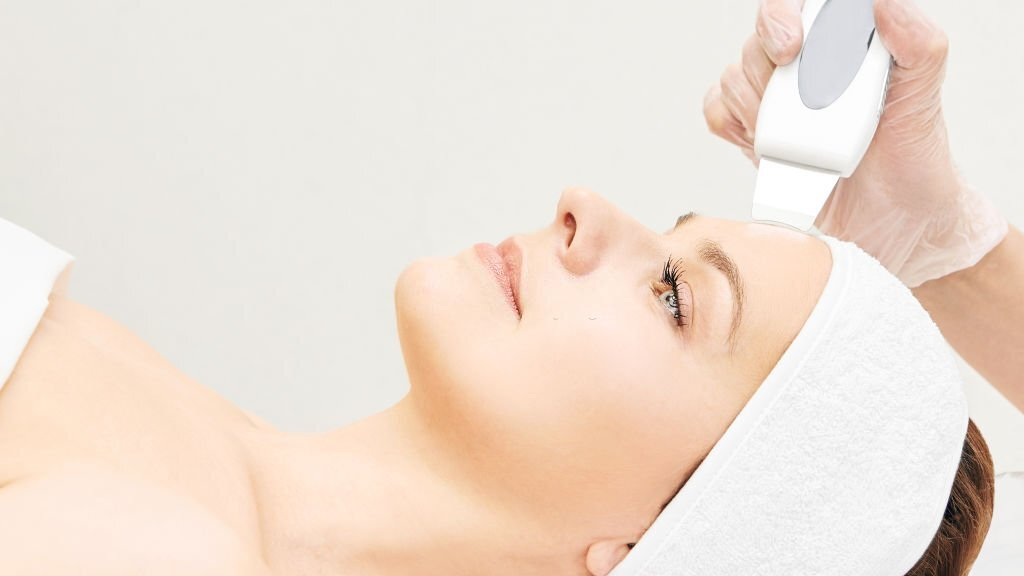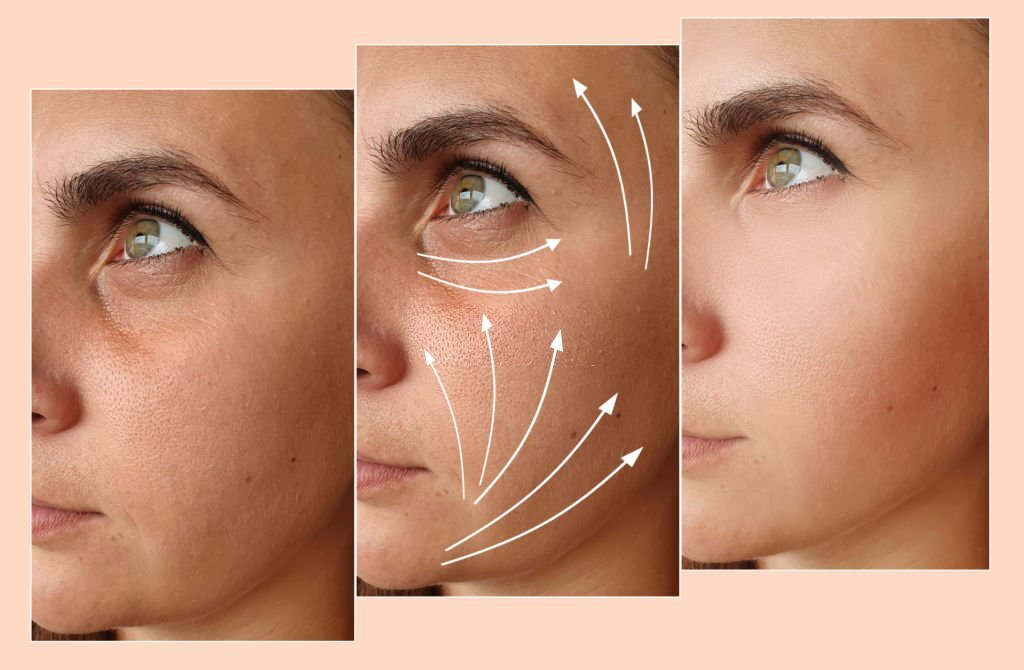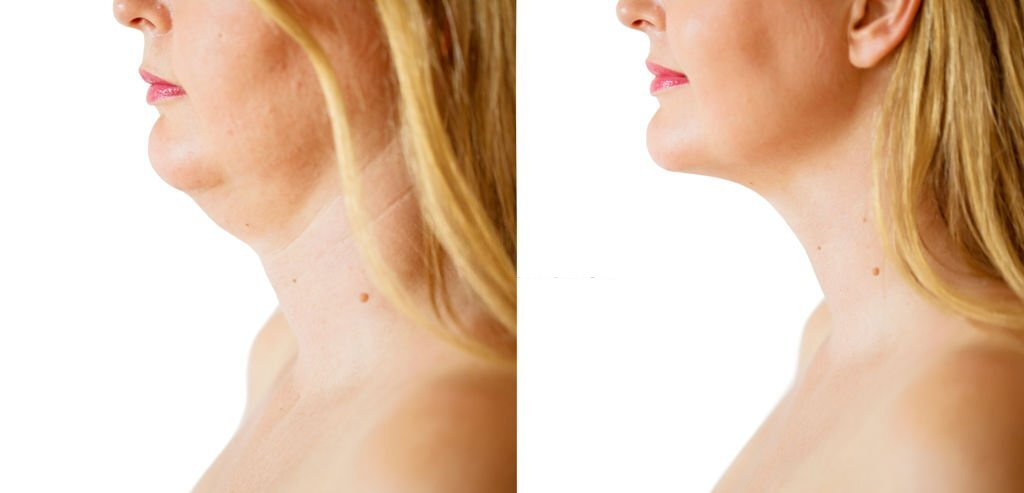You’ve probably heard of Thermage, Ulthera, and Shrink, but you might not know the difference between them.
In this article, we’ll compare and contrast the three treatments so you can decide which one is right for you.
What Is Thermage?
Thermage is a popular non-invasive treatment that uses radiofrequency energy to tighten and lift the skin. It’s often used on the face, neck, and chest to reduce the appearance of wrinkles and sagging skin.
One of the benefits of Thermage is that it doesn’t require any downtime. You can resume your normal activities immediately after treatment. However, some people may experience redness, swelling, or bruising. These side effects typically resolve within a few days.
What Is Ulthera?
Ulthera is a type of ultrasound that is used to tighten the skin. It works by delivering energy to the deep layers of the skin, heating them and causing them to contract. This process triggers the body to produce new collagen, which helps to tighten the skin and reduce wrinkles.

What Is Shurink?
Shurink is a minimally invasive medical procedure that uses ultrasound energy to tighten and lift the skin. It is often used to treat mild to moderate skin laxity (sagging) in the face, neck, and décolleté (upper chest).
Shurink, together with Ulthera and Thermage, does not require surgery or anesthesia. All three treatments just require numbing cream. It can be performed in a doctor’s office in less than 30 minutes, and patients can resume their normal activities immediately afterward.
What Is the Difference Between Ulthera and Thermage?
Ulthera and Thermage are two of the most popular non-surgical facelift procedures. Both heat the skin and stimulate collagen production, but the two procedures have some critical differences.
Thermage is a general procedure used to tighten skin on any body area, while Ulthera is specifically targeted to the face and neck. Ulthera also uses a higher intensity ultrasound than Thermage, which can penetrate deeper into the skin to provide more dramatic results.

What Is the Different Between Ulthera and Shurink?
Shurink uses high-intensity focused ultrasound (HIFU) to heat the layers underneath the skin to stimulate collagen production. On the other hand, Ulthera uses micro-focused ultrasound (MFU). MFU, a sharply-focused ultrasound technology, targets a more specific skin layer than HIFU, allowing us to perform a more precise and consistent procedure. It prevents damaging the surrounding areas, leaving you without any side effects.
What Is the Different Between Shurink and Thermage?
Shrink and Thermage are two of the most popular laser skin treatments. They both use laser energy to tighten and lift the skin, but they work differently.
Shrink uses radiofrequency energy to heat the deep layers of skin, causing them to shrink and tighten. This non-invasive treatment is safe for all skin types and can be used on the face, neck, chest, and hands.
Thermage uses radiofrequency energy to heat collagen fibers in the deeper layers of skin. It causes them to contract and tighten, resulting in firmer, smoother skin. Thermage is a more invasive treatment than Shrink and is safe for all skin types. It can be used on the face, neck, chest, and hands.

Difference Between the Three Methods in the Areas Treated
The main difference between the three methods is how deep they penetrate the skin. Thermage is non-invasive and only penetrates the outer layer of the skin. It is better for treating superficial wrinkles and lines.
On the other hand, both Shrink and Ulthera penetrate much deeper into the skin. Both treatments are better for treating deeper wrinkles, sagging skin, and loose jowls. Both Shurink and Ulthera target similar areas of the skin, however, Shurink is much stronger than Ulthera.
What to Expect From Ulthera, Thermage, and Shurink Results?
Now that you understand the basics of Thermage, Ulthera, and Shurink, it’s time to learn what you can expect from each treatment. Ulthera is the only FDA-approved treatment for lifting the skin on the neck, chin, and brow, and it can also be used to tighten the skin on the décolletage.
Thermage is a non-invasive treatment that uses radiofrequency energy to tighten and contour the skin. It’s a popular choice for treating areas like the face, neck, and abdomen.
Shurink is a minimally invasive procedure that uses heat to shrink excess skin. It’s most commonly used on the face, neck, and chest.
The results of each treatment will vary depending on your individual needs and goals. So make sure you discuss your options with a qualified professional before deciding.
Who's Suitable for Ulthera, Thermage, and Shurink Treatments?
Thermage, Ulthera, and Shurink laser are best suitable for people with:
- Lack of collagen
- Visibly aging skin
- Sagging skin
- Thin skin
- Surplus of fat in the double chin and jaw area

What Should Be Done to Prepare for and After Each Procedure?
It would help if you kept a few things in mind when preparing for and recovering from each procedure.
For Thermage, you should avoid sun exposure for six weeks before your treatment. You’ll also need to avoid strenuous activity 24 hours after your procedure.
Ulthera is a little different. You should avoid sun exposure for four to six weeks before your treatment and avoid any strenuous activity for 48 hours after your procedure.
Shrink is the easiest of the three procedures to recover from. You should avoid sun exposure for two weeks before your treatment and avoid any strenuous activity for 12 hours after your procedure.

Summary
Theme Dermatology offers the best and most up-to-date technology on skin care treatments. Most of our patients are very satisfied with their results as they return to the clinic to get more additional treatments done. We are also the most trusted clinic in Korea as we have the most experienced PhD-certified doctors ready to assist you.
Now that you know what Shurink, Ulthera, and Thermage laser are, but you still haven’t decided which treatment is right for you, why not contact us at Theme Dermatology to get you started.

